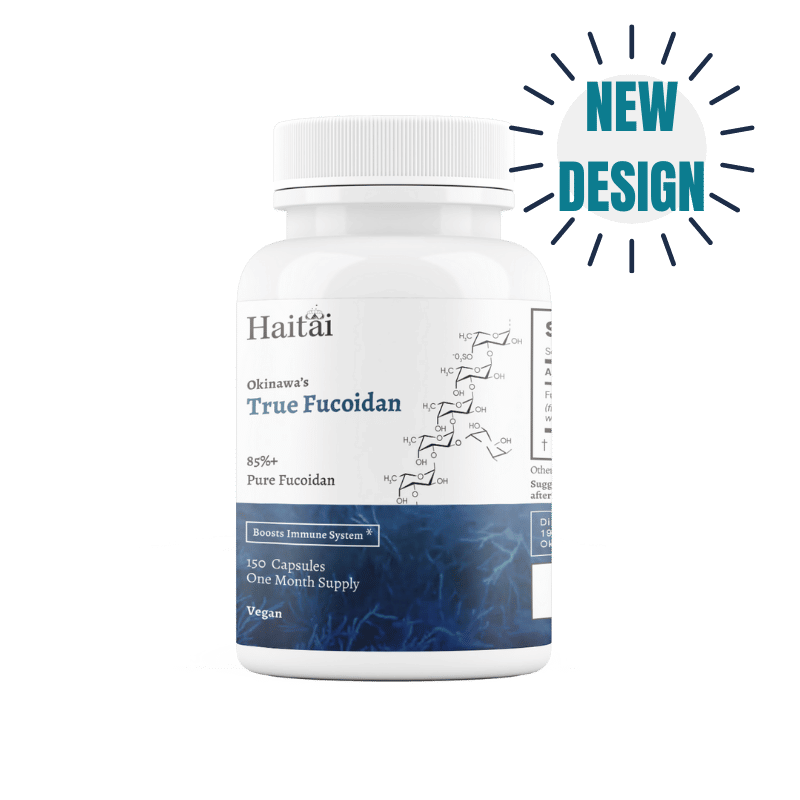
Did you know shower loofahs are made from a popular Okinawan ingredient? Haitai, my fellow moai'in. I want to teach you about Nabera, aka Hechima, aka Sponge Gourd, a healthy ingredient that plays a significant role in Okinawan culinary traditions. Not only is Hechima a versatile addition to a variety of dishes, but it also boasts a plethora of health benefits.
Nabera/Hechima in Okinawan Cuisine
Nabera, also known as "Luffa" or "Sponge Gourd," is a unique and beloved ingredient in Okinawan cuisine. Its mild flavor and slightly crunchy texture make it a perfect companion for a wide range of dishes, both savory and sweet.
Here are some popular ways Nabera is used in Okinawan cooking:
- Nabera Champuru: This stir-fry dish combines Nabera with other local vegetables and often includes tofu or pork. It's a staple on Okinawan dinner tables, loved for its simplicity and deliciousness.
- Nabera Salad: Sliced or shredded Nabera is frequently used in salads. Its refreshing crunch pairs well with a variety of dressings, adding a unique texture to your greens.
- Nabera Sweets: Nabera is a versatile ingredient in Okinawan sweets as well. It's used in traditional confections like "Hechima Yokan" and "Hechima Manju," adding a subtly sweet and nutritious element.
Transforming Nabera into a Loofah
Beyond its culinary uses, Nabera has yet another fascinating use. After reaching a certain stage of growth, Nabera develops a tough and fibrous interior. This fibrous part is harvested and processed to create natural loofah sponges. The process involves peeling the outer green layer and exposing the fibrous interior, which is then left to dry. Once dried, it becomes an effective and eco-friendly exfoliating sponge.

How to Prepare Nabera
Preparing Nabera is a straightforward process. Here's a quick guide to get you started:
- Selecting Nabera: Choose a Nabera that is firm, with smooth skin and no visible blemishes. The smaller ones tend to be more tender.
- Peeling: Wash the Nabera and peel off the skin. You can use a vegetable peeler or a knife for this step.
- Slicing: Cut the Nabera into thin slices or strips, depending on your recipe. Remember that Nabera has a mild flavor, so it absorbs the flavors of other ingredients well.
- Cooking: You can add Nabera to stir-fries, soups, salads, or even enjoy it raw in salads for a refreshing crunch.
Health Benefits of Nabera
Okinawa is the 'Island of Longevity' and it seems all the ingredients in Okinawan food are incredibly healthy and nutritious. Nabera is certainly one of those.
- Rich in Nutrients: Nabera is packed with essential nutrients, including vitamins (such as vitamin C and vitamin A), minerals, and dietary fiber.
- Hydration: Its high water content helps keep you hydrated, especially in Okinawa's warm climate.
- Digestive Health: The fiber in Nabera aids digestion and supports a healthy gut.
- Low in Calories: It's low in calories, making it an excellent choice for those looking to maintain or lose weight.
- Antioxidant Properties: Nabera contains antioxidants that combat oxidative stress and promote overall well-being.
- Skin Health: The vitamins in Nabera contribute to healthy skin, helping you maintain a youthful appearance.
Incorporating Nabera into your diet not only adds a delightful crunch to your meals but also contributes to your overall health.
Stay tuned for more insights into Okinawan cuisine and the secrets behind its longevity-promoting dishes! Yutashiku 😊


